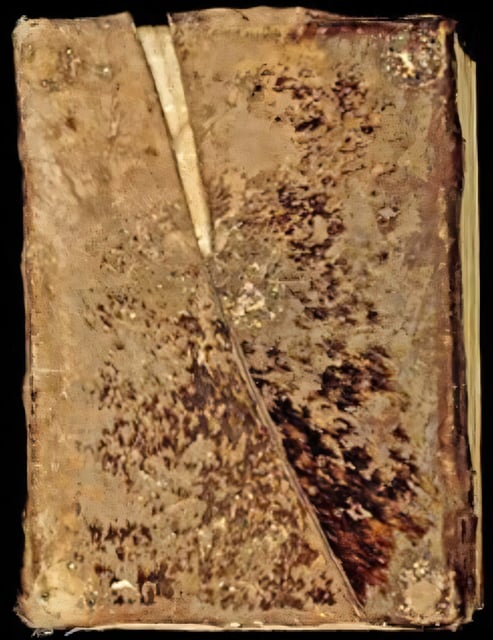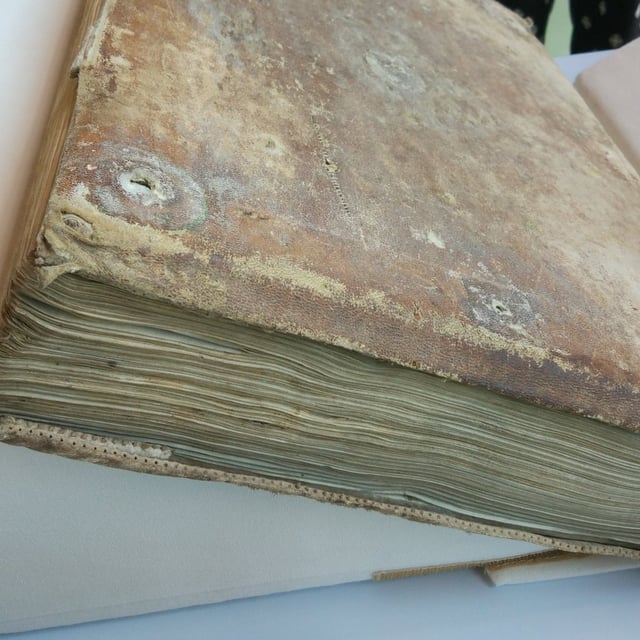Overview
- A groundbreaking study published in Royal Society Open Science confirmed that many medieval books, including those from Clairvaux Abbey, were bound with sealskin rather than locally sourced animal hides.
- Using advanced biocodicological techniques such as mass spectrometry and DNA analysis, researchers identified sealskin as the material for book chemises, overturning long-held assumptions about local sourcing.
- The seals used for bindings originated from regions such as Scandinavia, Greenland, Scotland, Iceland, and Denmark, highlighting far-reaching medieval trade networks.
- Sealskin was likely chosen for its water resistance and light coloration, aligning with the practical and aesthetic preferences of the Cistercian order.
- The findings underscore the global economic connections of medieval monastic centers, linking them to Norse trading routes and challenging prior notions of isolated local production.


